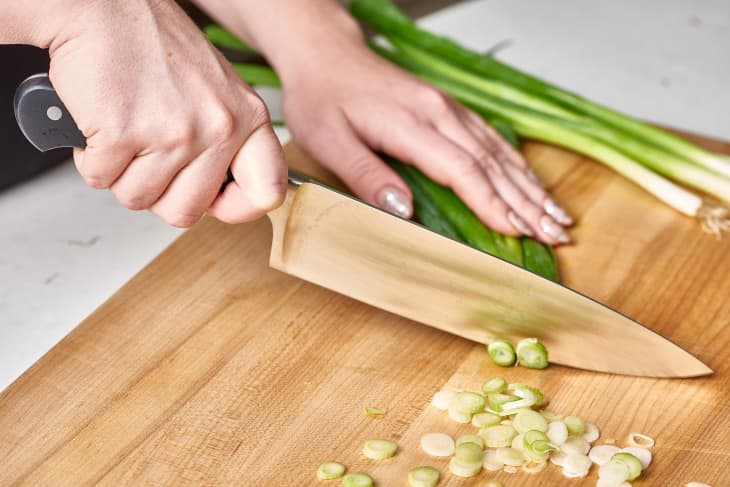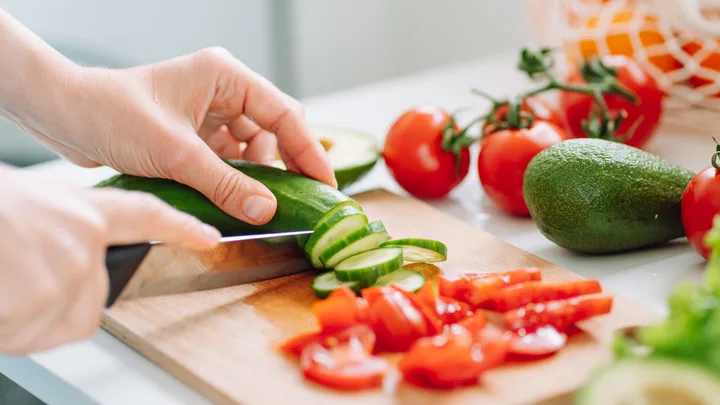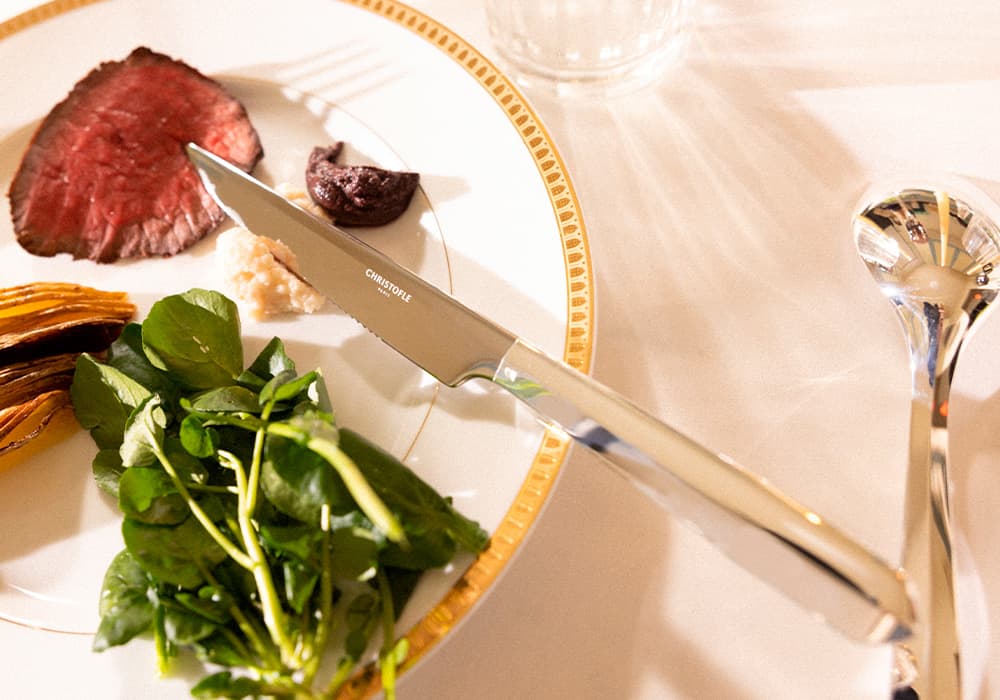Learning how to cut a mango with a knife is a valuable skill in any kitchen. Mangoes are juicy and delicious but can be tricky to slice due to their large seed. This guide is here to assist you in mastering this art so you can enjoy this tropical fruit with minimum fuss. Not only is this skill practical in everyday use, but it also improves your culinary skills which is incredibly beneficial for kitchen professionals.

The Tremendous Benefits of Mangoes
Mangoes are not just tasty treats; they’re packed with nutrients that contribute significantly to your health. Rich in vitamins C and A, theyre known to boost immunity and improve eye health. This tropical fruit also provides a good source of fiber, which aids in digestion. Understanding these benefits makes learning how to properly prepare mangoes a necessary skill.
Tools Required for Cutting Mango
Before diving into the process of cutting a mango, you should gather the necessary tools. The main tool you’ll need is a sharp chef’s knife, which gives you control and precision. Select a chef’s knife. A peeler or spoon can also be helpful for removing the skin after the mango is cut. Having a clean cutting board will provide a stable surface for cutting.
Understanding the Structure of a Mango
The key to efficiently cutting a mango is understanding its structure. Each mango has a large, flat seed in the center that can make cutting tricky. The flesh surrounds this seed, and the skin provides a protective layer. Recognizing this helps in slicing the fruit to maximize fruit yield while minimizing wastage and reducing the risk of any cuts or injury.
Steps on How to Cut a Mango with a Knife
Step 1: Wash and Peel the Mango
Start by thoroughly washing the mango under running water to remove any dirt or residues. Using a vegetable peeler or a paring knife, remove the skin gently. Peeling can also be done after slicing if preferred.
Step 2: Slice Off the Sides
Hold the mango upright, and with your knife, carefully slice down one side of the mango as close to the seed as possible. Repeat on the opposite side. These large pieces are known as mango cheeks.
Step 3: Cut the Mango Cheeks
Lay the mango cheeks on the cutting board, peel side down, and cut into slices or dice, depending on your preference. Lightly score the exposed flesh either in a criss-cross or ‘grid’ pattern to make cubes.
Step 4: Scoop out the Flesh
To remove the flesh, use a spoon to scoop out the sliced or diced pieces of mango. The soft, juicy flesh will come away easily.
Step 5: Cut the Remaining Flesh
Don’t forget about the remaining flesh around the seed! Trim off any extra bits around the mango seed using a paring knife, ensuring you remove as much fruit as possible.
Tips for Enhancing Your Cutting Technique
Being comfortable and efficient with your knife is crucial. Ensure your knife is sharp; a dull blade can slip and increase the risk of injury. You can practice cutting soft fruits and vegetables to improve your confidence and technique further.
Common Mistakes to Avoid
- Holding the mango incorrectly or unsafely.
- Using a dull knife which can result in a messy cut.
- Cutting too close or too far from the seed, which can waste fruit.
Safety Tips While Using a Knife
Using a knife safely is essential to avoid any accidents. Always cut away from your body, keep your fingers tucked, and maintain a clean working area. Here are further tips to handle knives safely.
Mango Varieties and Their Cutting Preferences
Different varieties of mango may require slight adjustments in cutting technique. While the general rule remains the same, the texture and ripeness might mean some mangoes need to be handled with more care.
Why Choose Cutting Over Other Methods?
Although there are various methods to prepare a mango, using a knife to cut remains one of the most efficient and commonly approved techniques in professional kitchens. This method allows for precision and minimal fruit waste.
FAQ Section
1. Can I cut a mango with a dull knife?
It’s not recommended to use a dull knife as it increases the risk of slips and injuries.
2. Is it necessary to peel the mango before cutting?
Peeing is optional; some methods suggest cutting first and then removing the skin.
3. How do I know if a mango is ripe enough to cut?
A ripe mango usually gives slightly when pressed gently and has a sweet aroma near the stem.

Conclusion: The Joy of Preparing Mangoes
Mastering how to cut a mango with a knife opens up a world of delightful dishes and culinary experiences. With practice and the right tools, you can enhance your skills and contribute healthily and creatively to your diet.
This article contains affiliate links. We may earn a commission at no extra cost to you.


